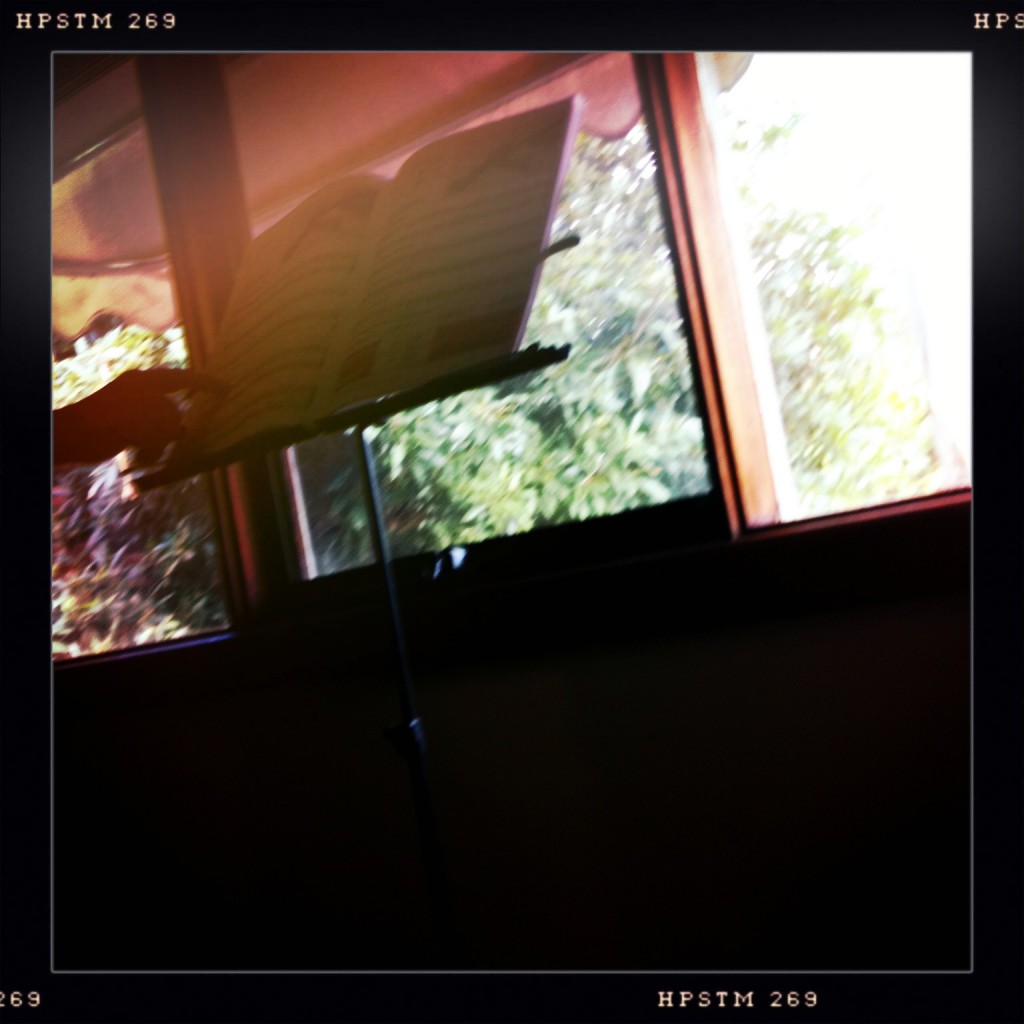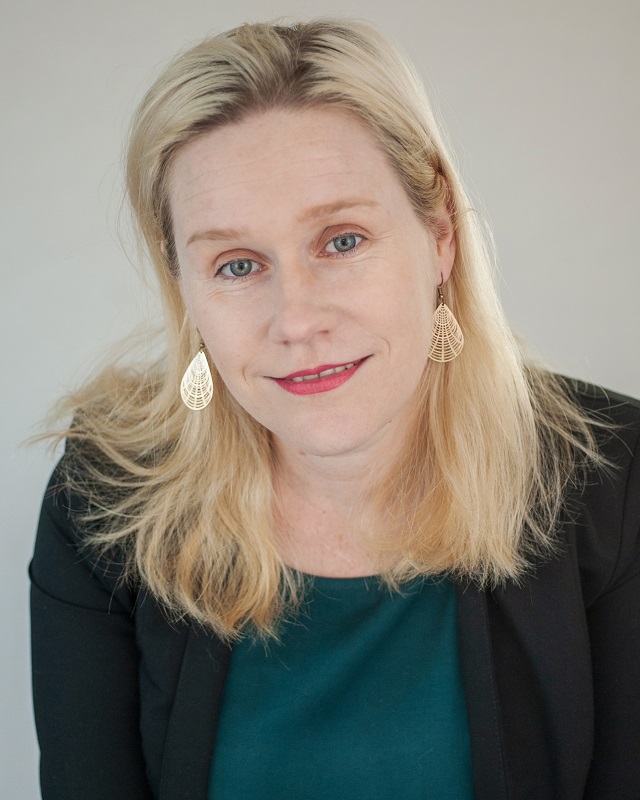I started violin lessons several months ago.
I had been forewarned about its challenges. Unlike the guitar, which has at least the visual aids of the frets where you place your fingers, with violin the notes are determined by placement alone. A fraction of a millimetre too short, you’re flat; too far, and you’re sharp. Your pitch-metre must be turned on. Add to this the muscles being worked, the stance you need to assume, ignoring the pain in your fingertips as they pin down the strings. Most of all, the crawing and screeching of the bow when it goes all wrong. This is the thing with the violin – it doesn’t respond to soft playing. It doesn’t like it. It wants to be played loud. The notes are truer, that way. More authentic.
As is life, I suppose.
I’ve enjoyed it all – but what I’ve enjoyed most, I admit, has been the reintroduction to the language of music.
For example, one day, my teacher was explaining to me the differences between piano and violin (which there are many). With the violin, each note must be played and finished – audibly so – before the next one begins. The piano is more forgiving in this respect, but not the violin. The smearing of notes is lazy. The piano allows, “for the decay of the note”. Imagine – a piano a mortuary of buried songs and symphonies.
So not unlike isotopes, with lives and half lives, so it appears notes have timers ticking backwards. It is the artists’ job to keep going forward, to delay the inevitablilty of ends and silences, all the while simultaneously trying to master the music; to solve its riddles.


Photos taken by Riley, without my knowledge.


















